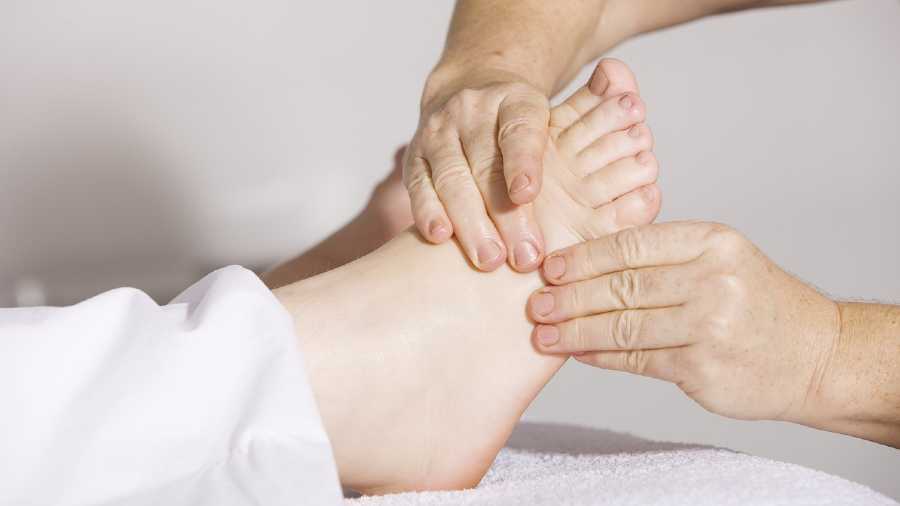There may be a time when one wakes up and feels a sudden, shooting, excruciating pain in the heel as he or she places the feet on the ground. This may change into a dull ache or disappear altogether after the first few steps. This may occur in one or both legs — it is commoner in women and is more likely to develop with increasing age, obesity and diabetes. Even athletes are not spared. It happens to runners and people who play sports involving ground impact of feet.
This kind of pain can happen to anyone at any age if the footwear is ill-fitting, the floor is hard and there is a lot of walking and standing, especially barefoot.
Ageing produces pain in the hips, knees and back. The unique feature of heel pain is that it worsens with rest. After a good night’s sleep, most other aches and pains improve. The heel provides an excruciating reminder as soon as the foot is placed on the ground first thing in the morning.
The round bone of the heel is called the calcaneum. It is attached to the small bones of the foot by a thick fascia called the plantar fascia. At the back, the heel is attached to the calf muscles by the thick Achilles tendon.
Obesity tends to push the foot down. Some people are born with flat feet, where the natural inner arch of the foot is either shallow or lacking. Continuous use of the feet wears out the cushion pad between the heel and the tendons. Calcium can also be deposited there. The calcium deposition can form a “spur” — as much as half an inch long — which presses on the nerves and causes pain. The Achilles tendon or plantar fascia may get torn too.
The pain in the heel may also be part of a general joint pain, as in the case of rheumatoid arthritis or gout. There may be a stress fracture. The heel bone may have a cyst in it. There could be an infection of the bone or osteomyelitis.
It is likely that there will be twinges of pain before it becomes severe. At that time:
• Try to rest the feet during the day by sitting down often and elevate the feet;
• Stand in a basin of warm water twice a day and rock the feet gently forwards and backwards. Place an ice bag wrapped in a towel on the heel three times a day for about 20 minutes at a time;
• Do not walk around barefoot — that was all right when floors were made of soft mud and not hard tiles and marble. Buy a pair of rubber slippers for the house, preferably the acupressure slippers with little rubber bubbles;
• Change sports shoes as soon as they wear out;
• Avoid wearing heels;
• Try to wear soft-soled slippers and shoes. If necessary, purchase an “insert” and put it in the shoe;
• Do foot as well as calf stretches regularly.
If the symptoms do not improve in two weeks’ time, an orthopaedic surgeon should be consulted. Investigations such as X-rays of the heel, blood tests and CT scans can be done. No concrete cause may be found for the pain. In some cases, it improves with NSAIDs (non-steroid anti-inflammatory drugs). This is often effective when combined with ultrasound therapy to the heel. A physiotherapist can teach stretching exercises, which must be done regularly. If there is no improvement, one may have to be given steroid injections into the heel. Eventually, surgery may have to be done to remove any bony spur.
Even though the pain may disappear, take the following precautions:
• Maintain ideal body weight;
• Control diabetes and gout;
• Do stretching exercises regularly;
• Wearing proper footwear and not going barefoot has to continue indefinitely, else the pain may return.
The writer is a paediatrician with a family practice at Vellore and the author of Staying Healthy in Modern India. If you have any questions on health issues, please write to yourhealthgm@yahoo.co.in











